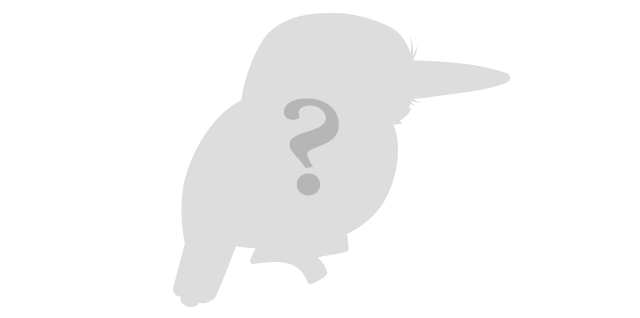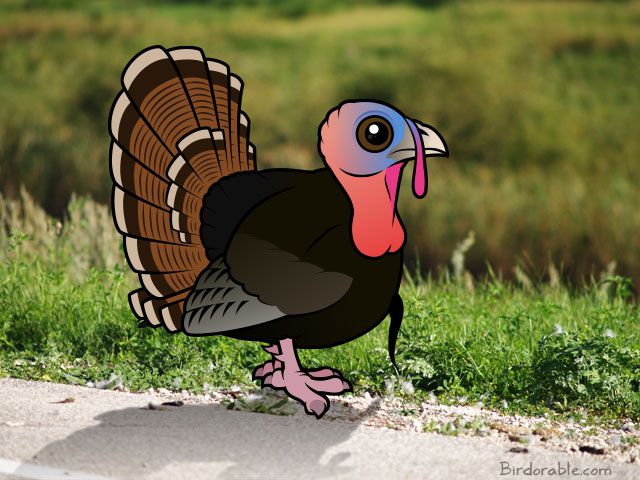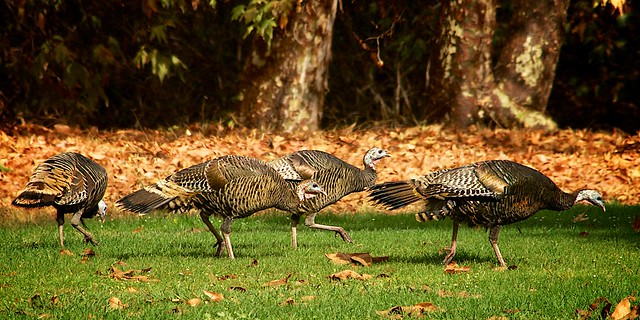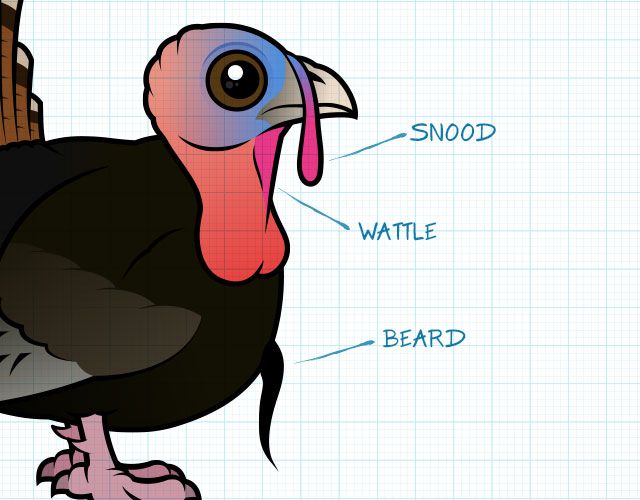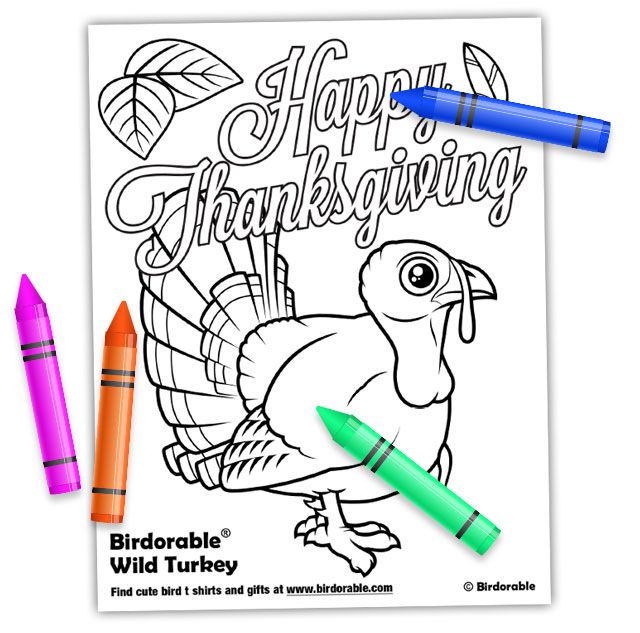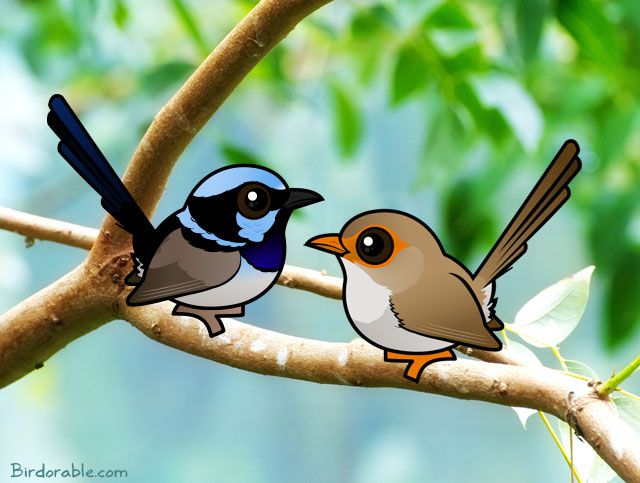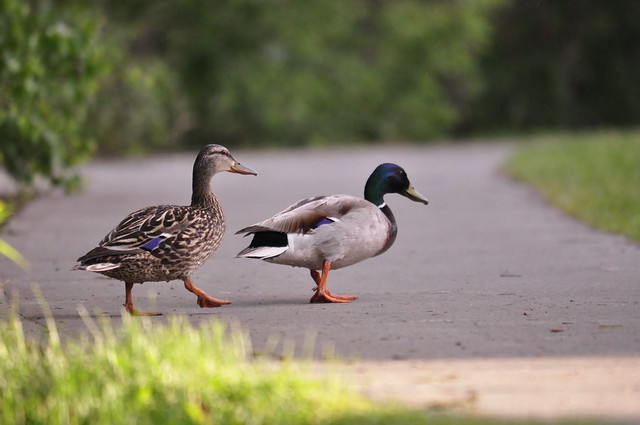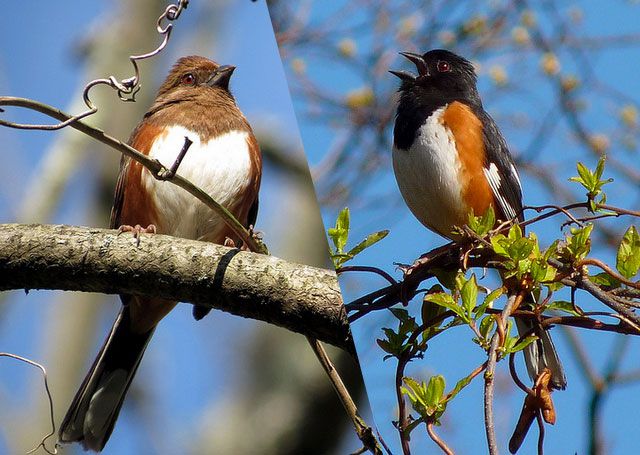Get ready to be excited, because tomorrow we will start a new Birdorable Bonanza!
If you've been following us for a while, here on the blog or on our Facebook page, then you'll know that during a 'bonanza' we add a new Birdorable bird to our site every day. We've done this every year for the last 6 years (see the archived blog posts here: 2014, 2013, 2012, 2011, 2010, 2009). This year is no different, and we're happy to announce that this year's bonanza will last all the way to Christmas! That's right, we will be adding a new cute bird every day from December 1st through December 25th.
It's like an advent calendar, but with cute birds! Every day leading up to Christmas we will share a bird on the blog and on Facebook. We have prepared lots of great birds from around the world, and each one has been requested by someone who contacted us.
As usual, we will also post a preview image each day so you can guess what the next bird will be. Here's the first one. This supercute bird is very small and can be found in Cuba:
